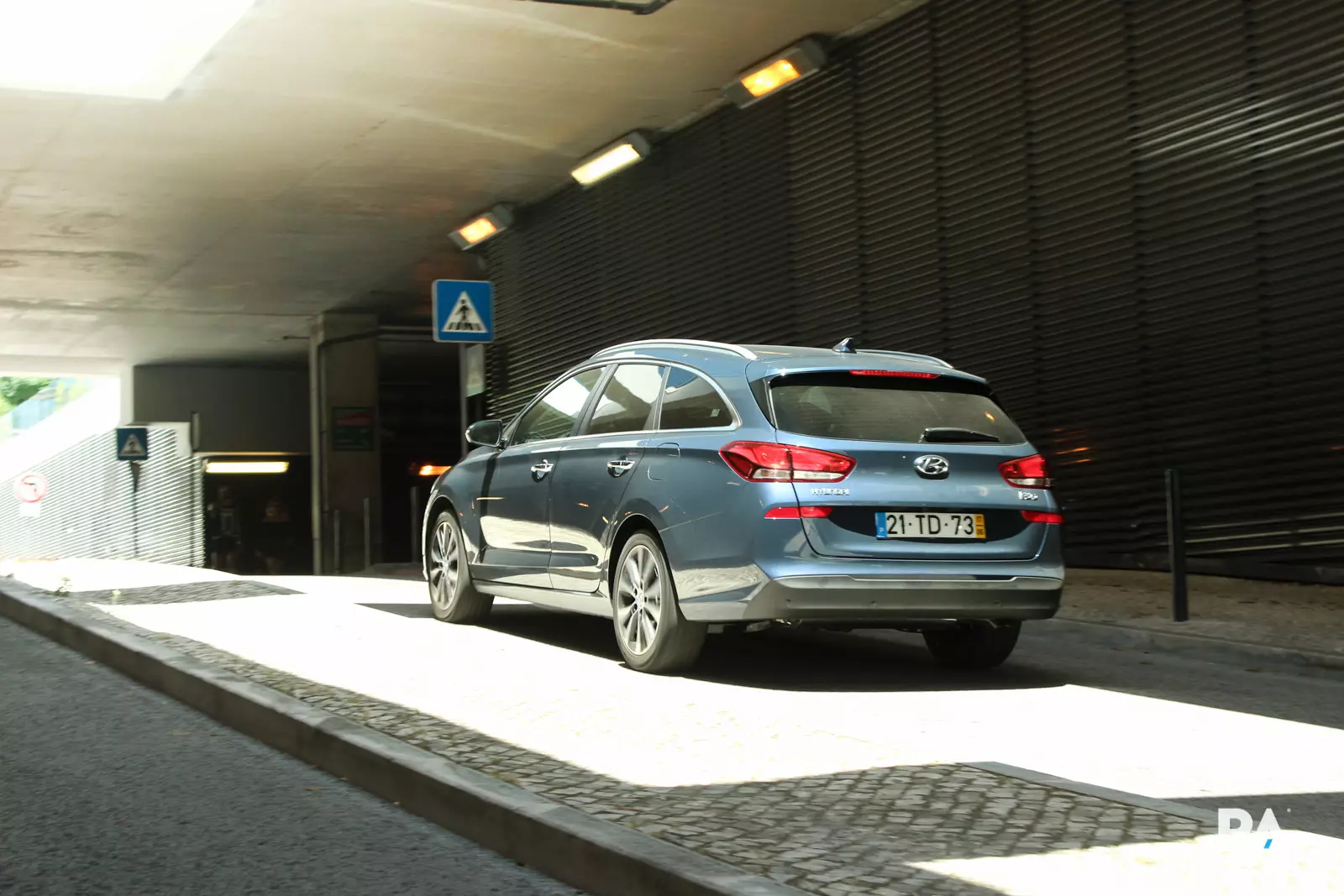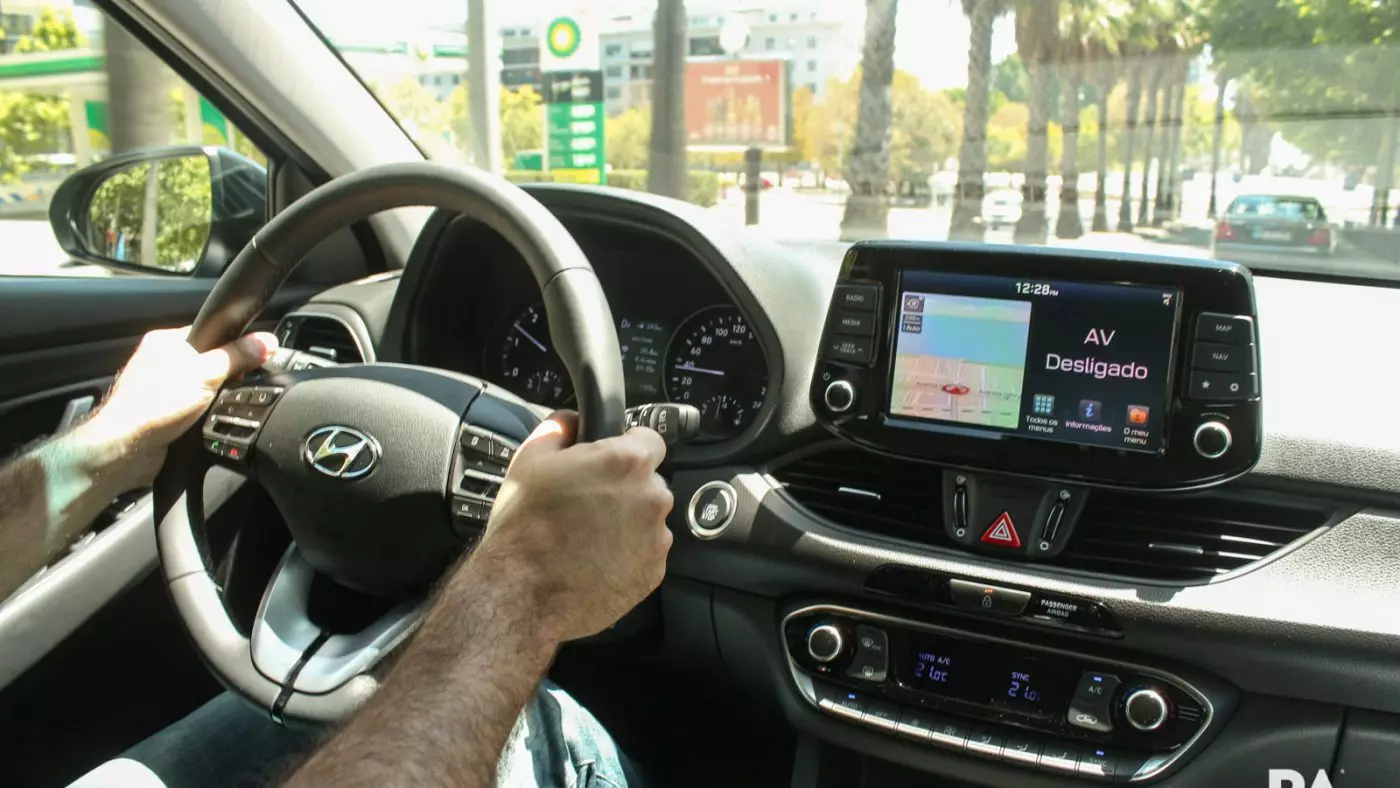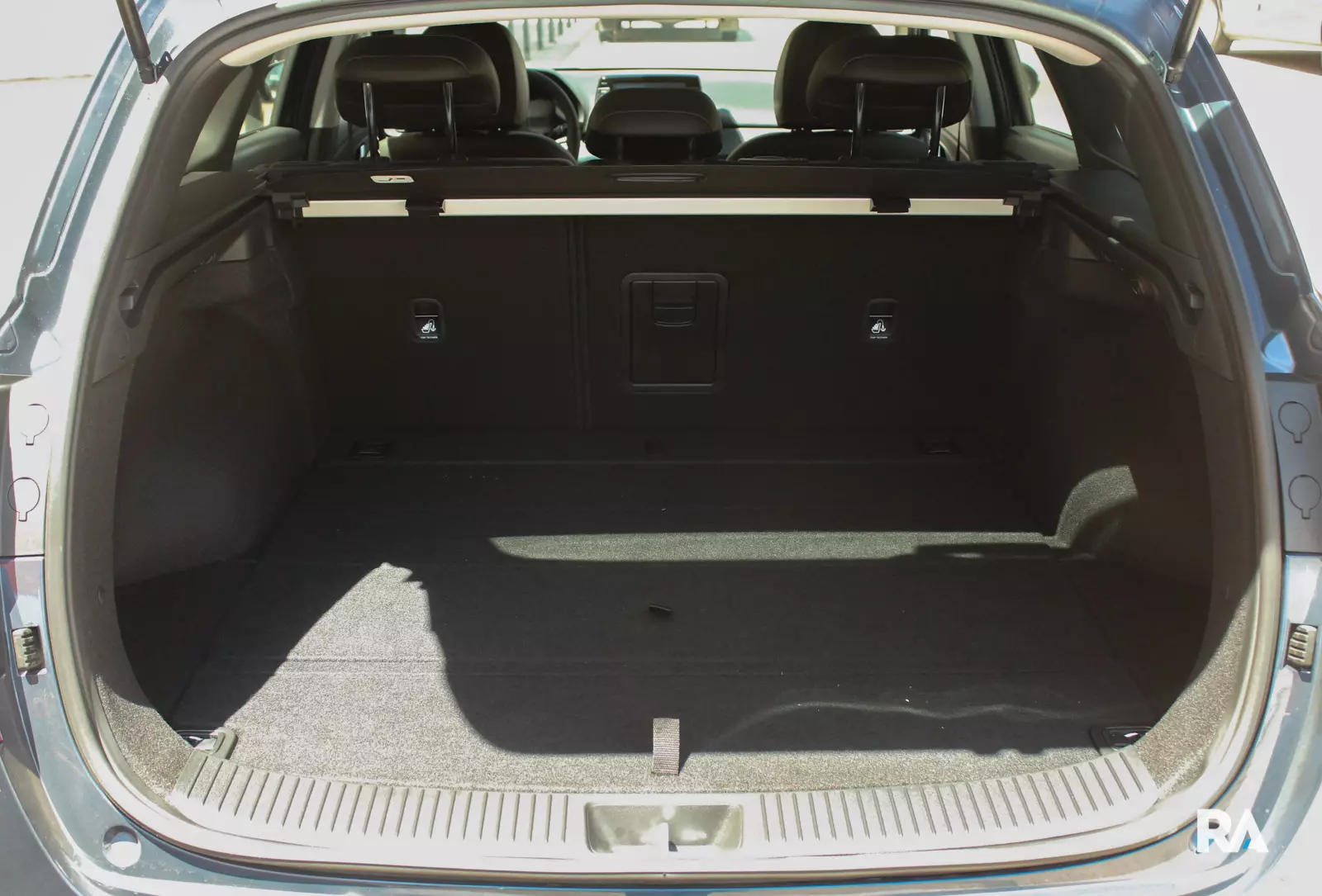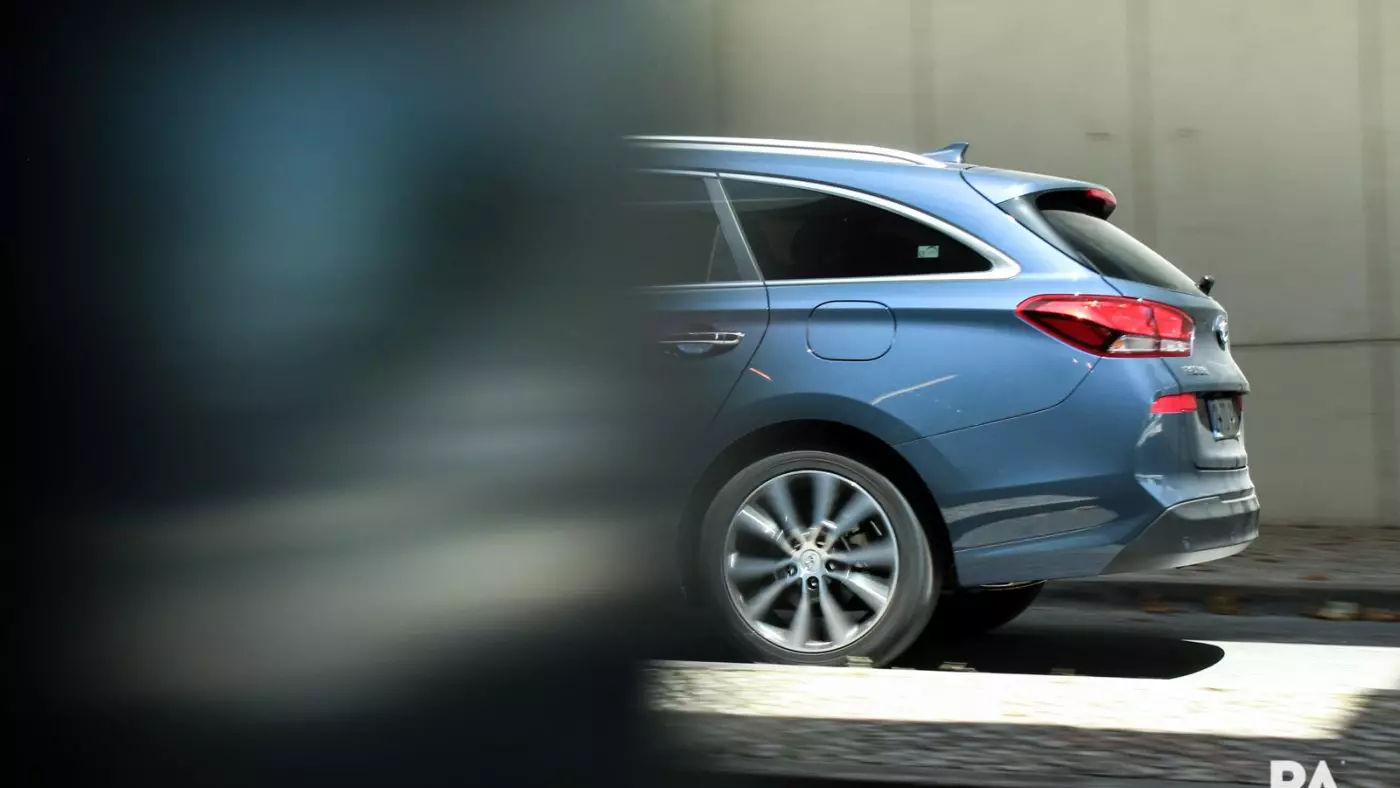The Korean brand's focus on the European market could not be more explicit: the design and development of the Hyundai i30 is 100% European.
Hyundai moved from guns and luggage to the “old continent”. In Germany, in Rüsselsheim, the Korean brand has a research and development center, and in the Nürburgring it has a center dedicated to reliability testing and development – not just for sports cars, but for all models in the range (reliability demands that) . All models of the brand sold in Europe are «punished» in Inferno Verde. As for production, this also takes place on European soil, more precisely in Nošovice, in the Czech Republic.
The end result is what you can see in the next few lines. A product capable of matching, and in some points even surpassing, the segment's references. An opinion repeated over and over again in the specialized press, and to which we are no exception.
Van? With proud!
When we tested the saloon (5-door) version we highlighted the ride comfort and healthy driving dynamics. The interior was also convincing due to its robust construction and overall comfort. In this van version, do these qualities remain?

The answer is yes. The driving comfort and refined dynamics of the 5-door version are characteristics that we can transfer ipsis verbis to the Hyundai i30 SW. Differences? Little significant.
Once again, the quality of execution is high, and the end result is a very homogeneous product, with no defects truly worthy of the name. Our unit, equipped with the spiky version of the 1.6 CRDi engine (136 hp), was coupled to a 7DCT dual-clutch gearbox. A box that could be a little more foresight in terms of software. Still, nice to use.
The engine
The engine, on the other hand, convinces us with its performance, availability and smoothness. Not so much consumption. Perhaps it was within the few kilometers of this unit – just over 1 200 kilometers traveled. The consumption achieved during our test, always with city and highways in the mix, varied between 6.8 and 7.4 liters per 100 km. An average that could certainly go down with a shot made exclusively on the national road – but it doesn't count on record consumption in the segment.Continuing with usage costs, there are other “accounts” that it is important to take into account, in addition to consumption, of course. To potential customers who make their calculator decisions at hand, Hyundai responds with a 5-year unlimited mileage warranty; 5 years of travel assistance; and 5 years of free annual check-ups.
driving modes
As is becoming usual in the segment, the Hyundai i30 SW also has several driving modes: Eco, Normal and Sport. Eco is completely unnecessary, with minimal consumption differences for Normal mode, and the latter is much more pleasant to use – in Eco mode the accelerator is too “insensitive”.
The Sport mode would even be the favourite, but its greater “alert state” sometimes becomes inappropriate to the context, with engine revs, in various situations, remaining at excessively high regimes. When we're in “knife-to-teeth” mode, Sport mode even makes sense, but that's not the goal of the Hyundai i30 SW.
Clearly familiar in focus, visibly, the big difference from the i30 SW to the i30 resides in the rear volume, which extends for a further 24 centimeters. Even though the competence of the chassis and the correctness of the steering sometimes asks “come on… test me!”.

Space for (even) everything
The elongated rear volume made it possible to gain a lot more space in the luggage compartment. Enough to stand out from the competition, assuming itself as one of the largest in the segment. There are 602 liters, only supplanted (not by much) by the Skoda Octavia Break (610 liters).
What's more, the trunk has partitioned cargo compartments below the main floor, and features more storage space for small objects behind the rear wheel arches. Add in fixing hooks, net and even aluminum rails to place various fastening elements – nothing is missing for those trips with all the gear in the back.
The rear seat occupants also benefit from the car, as they have more space in height, as a result of the extension of the roof. Undoubtedly, if there is a proposal that defends the cause of vans well as better family vehicles than the trendy SUVs, the Hyundai i30 SW is one of them.

For the holiday period ahead, Hyundai's proposal seems to have the right ingredients. It's comfortable and reveals an excellent level of soundproofing, we almost always go faster than we expected “what? Already at 120 km/h?!”. The cabin is so well insulated – not only from aerodynamic noises but also from the vibrations typical of diesel engines – that it's not difficult to be surprised by those “surprise photos” that cost (at least) 120 euros.
Lots of equipment available
The tested Hyundai i30 SW was the Style, the highest level of equipment. It brought everything and something else. Among the vast list of equipment stands out the wireless smartphone charger (goodbye chargers!), the navigation system with 8″ touchscreen, driver's seat in fabric and leather and electrically adjustable for lumbar support, 12V socket in the trunk and center console, among others (see technical sheet).
As far as safety equipment is concerned, we can find the front collision warning system, rear camera to assist parking maneuvers, lane maintenance system and driver fatigue warning system.

The price of this version starts at 31 600 euros. It is the most equipped, most powerful version among the Diesels and uses a double-clutch gearbox. A very competitive price compared to the competition, not only in terms of absolute value but above all in terms of equipment.
